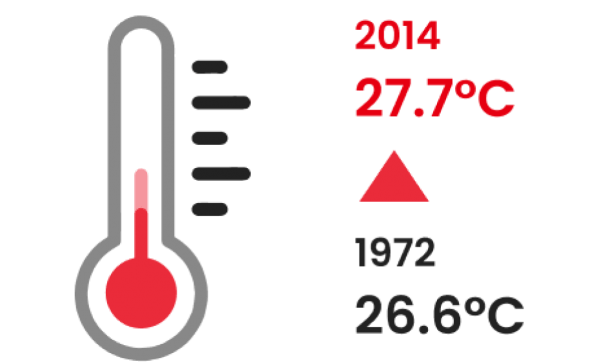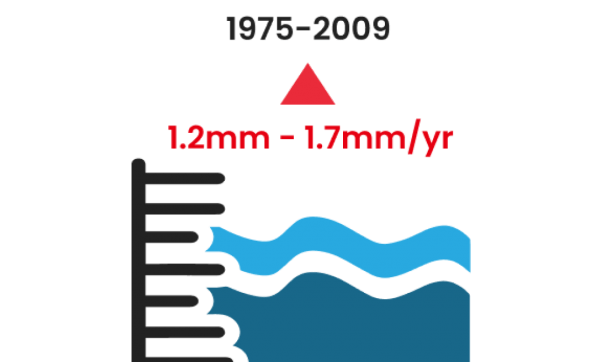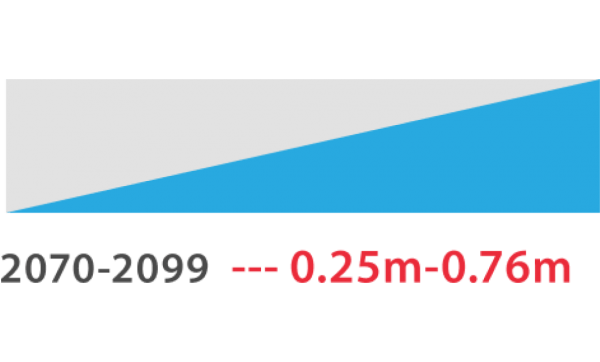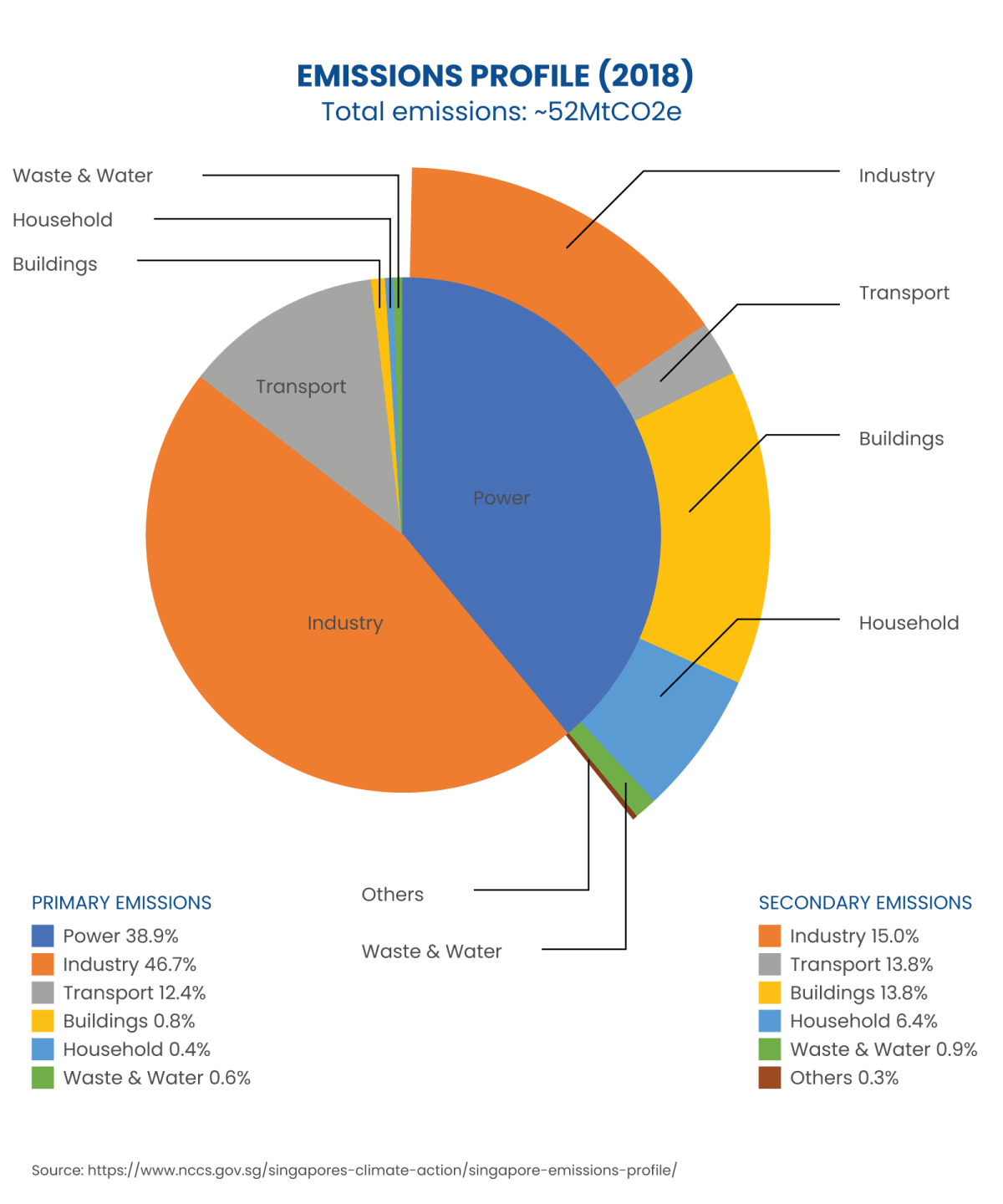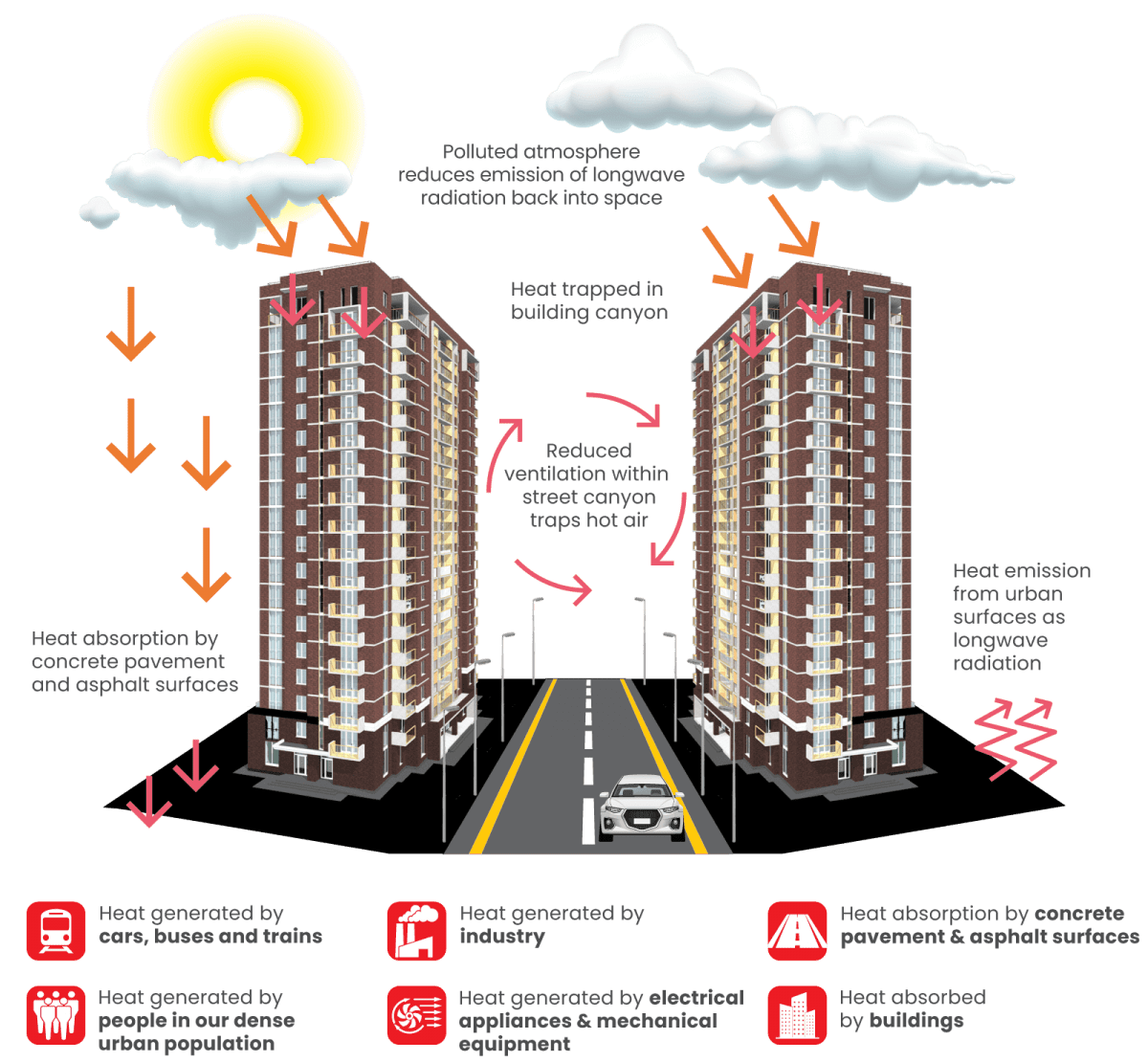COOL-TEC Cool Coatings
The market leader in innovative functional paints and coatings, Nippon Paint Singapore has built its reputation on anticipating and fulfilling market needs.
The launch of COOL-TEC, the first and only range of cool coatings that has been proven to reduce outdoor air temperatures in Singapore, secures its position at the very forefront of technological innovation.
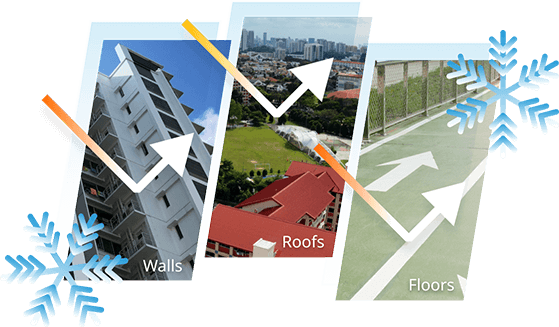
Heat emissions from high-density built environments are progressively reducing outdoor thermal comfort, limiting physical activity, adversely impacting human health and threatening biodiversity. Cool coatings are one of the few proven methods to reduce surface temperatures and thus improve outdoor thermal comfort.
In independent trials, that involved residential and industrial estates, the extensive application of Nippon Paint COOL-TEC cool coatings on the roofs and walls of multiple buildings and roads within a residential estate showed a collective reduction of overall outdoor air temperature by up to 2.49°C*.
It is no coincidence that COOL-TEC cool coatings are aligned with the specific recommendations of the Singapore Green Plan 2030, which cites cool paints as a way of helping build a resilient future for our nation – and ultimately, our world. The urgency of the need for climate action cannot be overstated.
Join the forward-thinking architects, property developers and building owners who are choosing Nippon Paint COOL-TEC cool coatings and taking the heat off Singapore, and beyond, one surface at a time.
*Based on the results of a third-party comparative study that investigated the effects of COOL-TEC cool coatings on roofs, exterior walls and floors on lowering surface temperatures of buildings and lowering ambient (outdoor air) temperatures.
